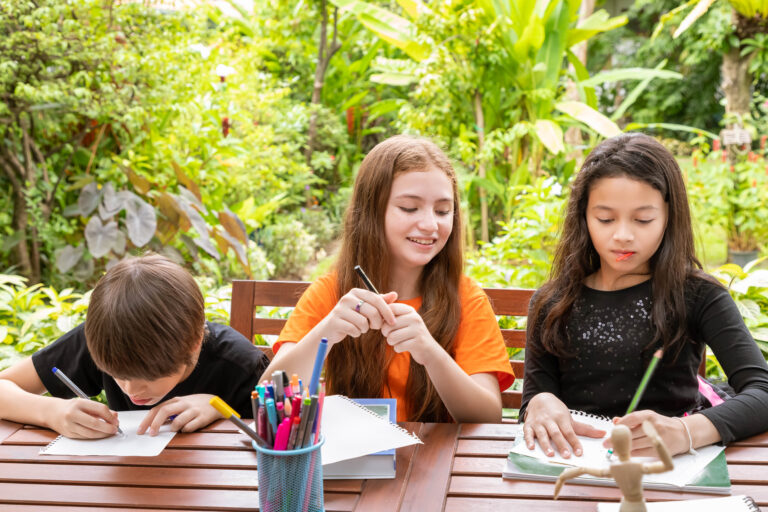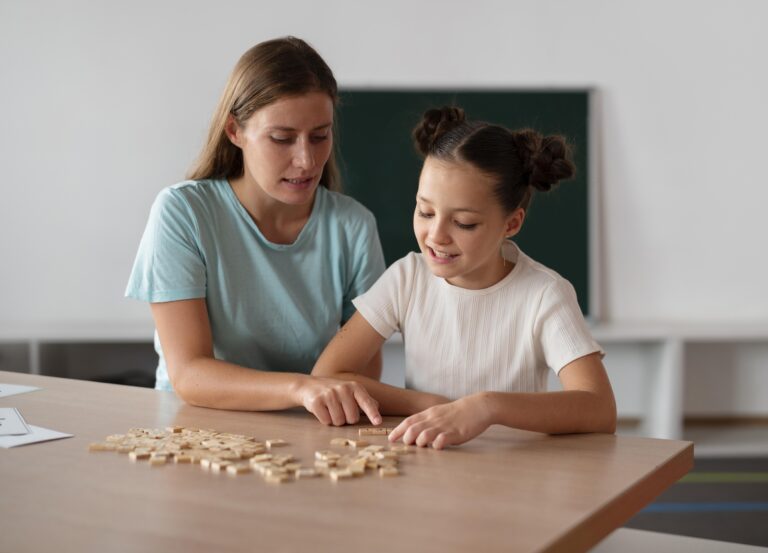The Role of Movement in Sensory Integration: Activities to Boost Your Child’s Development
seek ways to support our little ones in navigating the world around them. One powerful tool that’s gaining recognition in the field of sensory integration is movement. Physical activity plays a crucial role in helping children with sensory disorders integrate their sensory experiences, develop body awareness, and improve coordination. In this comprehensive guide, we’ll explore the importance of movement in sensory integration and provide you with creative, movement-based activities to boost your child’s development.
Understanding Sensory Integration and Movement
Enhancing sensory movement plays a crucial role in improving sensory integration for children with sensory processing disorders. Sensory integration is the process by which our nervous system receives, organizes, and interprets sensory information from our environment and our bodies. For children with sensory processing disorders, this system may not function as smoothly, leading to challenges in daily life. Movement, however, can be a powerful catalyst in enhancing sensory integration.
When children engage in physical activities, they stimulate multiple sensory systems simultaneously. The vestibular system (balance and spatial awareness), proprioceptive system (body position sense), and tactile system (touch) are all activated during movement. This multi-sensory stimulation helps the brain organize and process sensory information more effectively, ultimately improving a child’s ability to navigate and interact with their surroundings.
The Benefits of Movement for Sensory Integration
Movement offers numerous benefits for children with sensory processing challenges. It enhances body awareness by helping children understand where their body is in space, improves coordination by challenging the body to work in harmony, and boosts cognitive function, including attention span and concentration. Additionally, physical activity provides an outlet for excess energy and promotes the release of mood-enhancing endorphins, aiding in emotional regulation.
Creative Movement-Based Activities for Sensory Integration
One of the most engaging ways to promote sensory integration is through obstacle courses. These courses can be set up indoors or outdoors using everyday items like cushions, chairs, and blankets. By navigating through tunnels, stepping over “stepping stones,” and balancing on “beams,” children challenge their vestibular and proprioceptive systems while developing motor planning skills.
Dance parties are another excellent way to integrate sensory experiences. Dancing to music with a strong, steady beat helps improve rhythm and coordination. Incorporating visual aids like scarves or ribbons can enhance visual tracking, while mirroring games encourage social interaction and imitation.
Sensory yoga is a mindful movement activity that promotes body awareness and balance. Simple poses like the child’s pose, cat-cow, and downward dog can be adapted for children, providing deep pressure input and encouraging self-regulation through breathing exercises.
Trampolining offers intense vestibular and proprioceptive input, making it a powerful tool for sensory integration. Activities like bouncing, jumping, and catching balls while on the trampoline can improve balance, coordination, and overall body awareness.
Implementing Movement Activities: Tips for Success
To make the most of these movement activities for sensory integration, it’s important to start slowly and follow your child’s lead. Introduce new activities gradually, allowing your child to become comfortable with each one. Make movement a part of your daily routine to provide consistent sensory input.
Adapt activities based on your child’s sensory preferences and abilities. For example, if your child enjoys water play, set up a sprinkler obstacle course in the backyard or engage in water balloon activities. Celebrate your child’s participation and effort, not just their performance, to foster a positive attitude towards movement.
Creating a Safe Space for Movement
Ensure that the environment is safe for movement and free from hazards. This might involve clearing a room of breakable objects or setting up a designated area for physical activities. Consulting with occupational therapists or other sensory integration specialists can help tailor activities to your child’s specific needs.
The Long-Term Impact of Movement on Sensory Integration
Consistent engagement in movement-based activities can have profound effects on a child’s sensory integration and overall development. Over time, you may notice improvements in focus and attention, better emotional regulation, enhanced social skills, increased confidence in navigating physical environments, and improved academic performance due to better sensory processing.
Conclusion: Embracing Movement for Sensory Success
Movement is a powerful tool in supporting sensory integration for children with processing challenges. By incorporating a variety of movement-based activities into your child’s routine, you’re providing opportunities for their nervous system to organize and interpret sensory information more effectively.
At It’s a Sensory World, we believe in the transformative power of movement for children with sensory challenges. As a neurodiverse school, we are dedicated to providing inclusive and engaging activities that support each child’s unique needs. We encourage you to explore these activities, adapt them to your child’s abilities, and discover the joy of movement together. By creating a world of sensory-rich experiences through movement, you’re supporting your child’s development in profound ways.
Remember, every step, jump, and twirl is a step towards better sensory integration. Embrace the journey, celebrate the progress, and enjoy the wonderful world of movement with your child.





